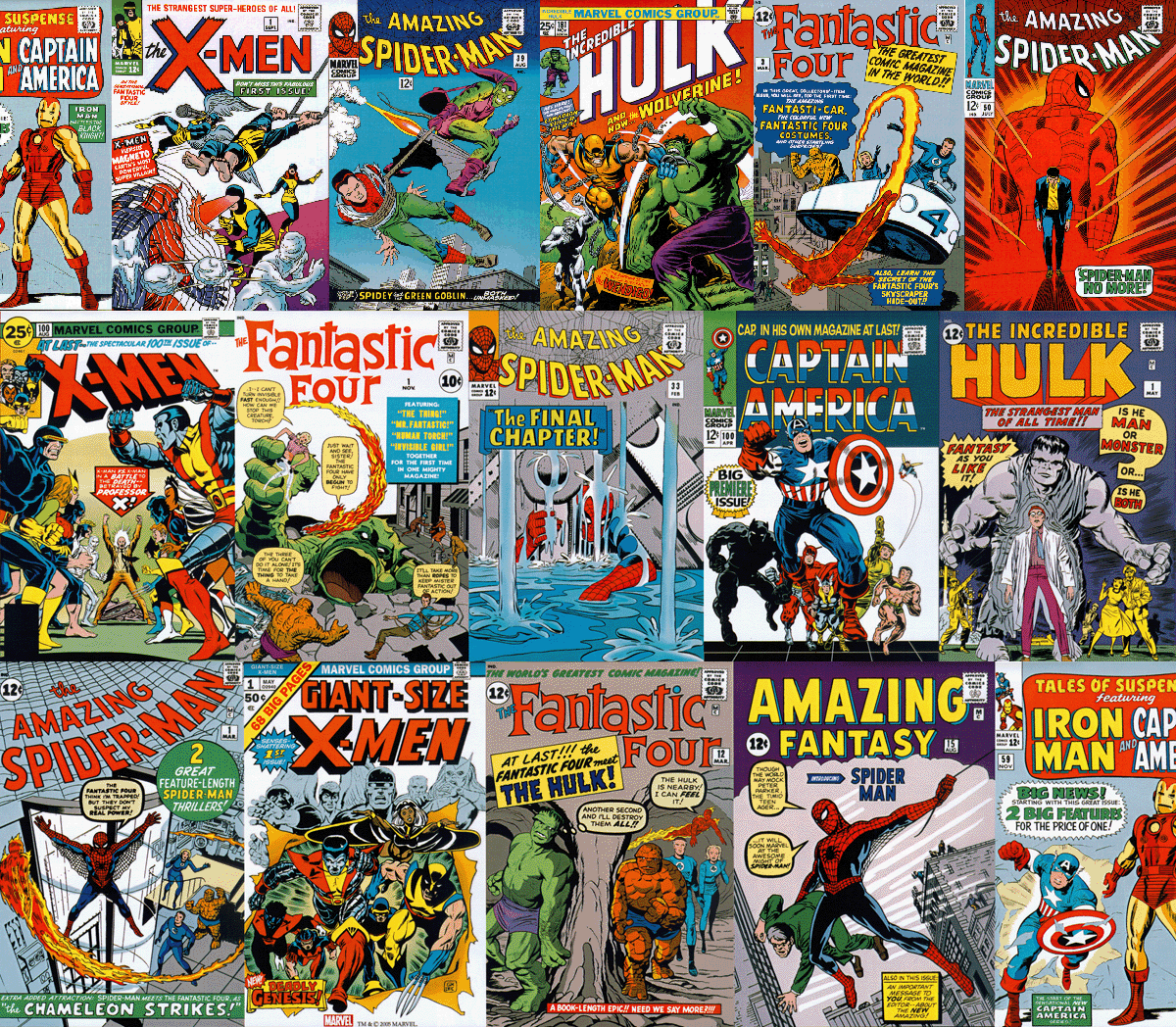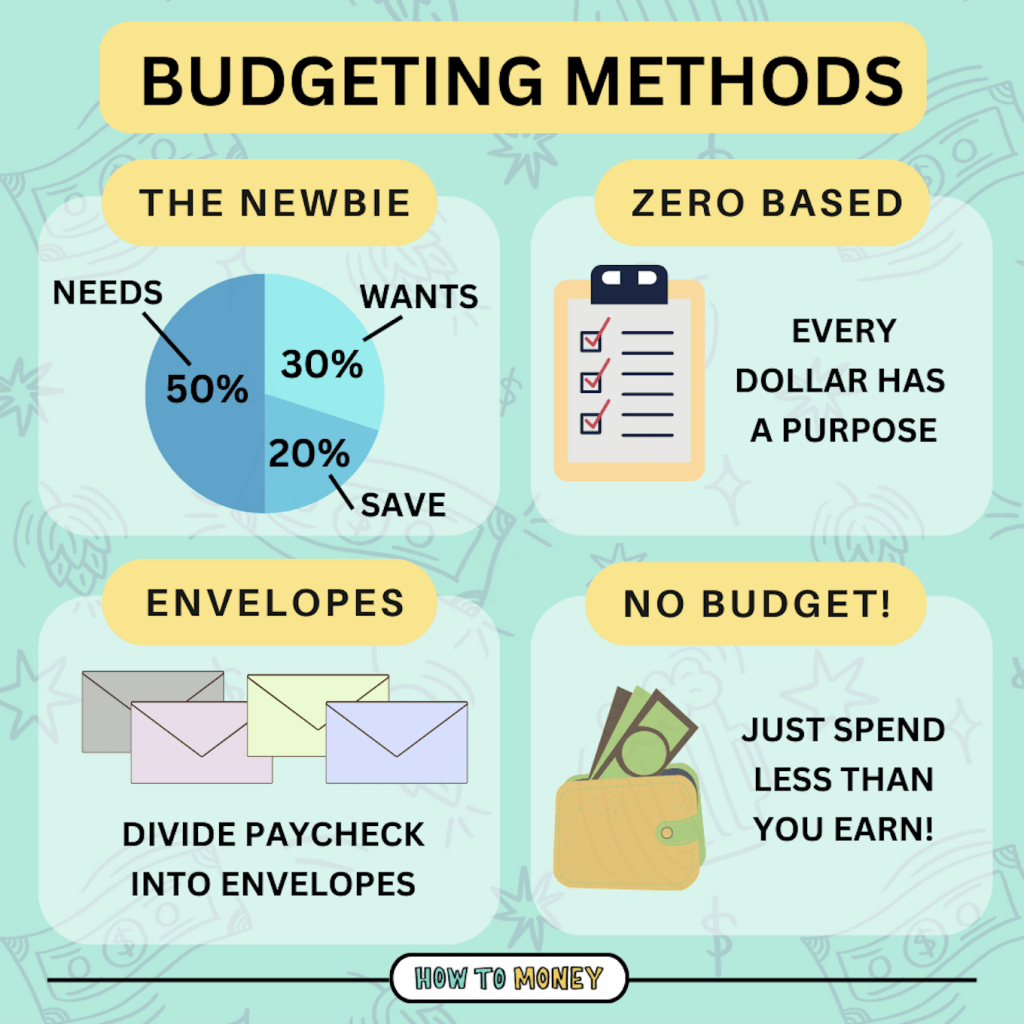
Comic Reels and Finance Stereotypes: Laughing Our Way to Financial Awareness?
In the age of viral content, short-form video platforms like TikTok and Instagram Reels have become fertile ground for humor. Among the myriad of trends, one niche has emerged that’s both entertaining and thought-provoking: comedic reels centered on finance stereotypes. From the penny-pinching miser to the reckless day trader, these videos tap into widely held perceptions about money, wealth, and financial behavior. But are they simply reinforcing harmful stereotypes, or do they offer a more nuanced way to engage with complex financial topics?
The Rise of Finance Comedy on Social Media
The internet has always been a place for financial advice, but it’s often presented in dry, intimidating formats. Comic reels change the game by injecting humor into the equation. Creators use skits, memes, and relatable scenarios to poke fun at common financial foibles.
Here’s why this format resonates:
- Accessibility: Short-form videos are easy to consume, even for those who find traditional finance content overwhelming.
- Relatability: The best reels highlight situations people encounter in their own lives, making the content instantly engaging.
- Shareability: Humor is inherently shareable. When people find a reel funny, they’re more likely to pass it on to their friends and followers, expanding its reach.
Common Stereotypes in the Spotlight
These comedic reels often revolve around well-established finance stereotypes. Some of the most common include:
- The Frugal Extremist: This character is obsessed with saving money, often to the point of absurdity. They might reuse tea bags multiple times, cut coupons religiously, or forgo basic necessities to save a few dollars.
- The Spendthrift: At the opposite end of the spectrum, the spendthrift is someone who can’t resist the urge to splurge. They might max out credit cards on impulse purchases or live beyond their means to maintain a certain lifestyle.
- The Day Trader: This stereotype portrays the amateur investor who believes they can get rich quick by buying and selling stocks based on hunches and hot tips. They’re often depicted as glued to their screens, making rash decisions, and ultimately losing money.
- The Crypto Bro: A more recent addition to the stereotype roster, the crypto bro is an enthusiastic (and sometimes overconfident) advocate for cryptocurrencies. They often talk about "disrupting the financial system" and "going to the moon" while investing in volatile digital assets.
- The Trust Fund Baby: This character is born into wealth and lives a life of luxury without having to work. They’re often portrayed as out of touch with reality and oblivious to the struggles of ordinary people.
- The Financially Illiterate Millennial/Gen Z: These stereotypes often depict younger generations as being clueless about basic financial concepts like budgeting, investing, and retirement planning.
The Potential Pitfalls of Stereotypes
While these reels can be funny, it’s important to recognize the potential downsides of perpetuating stereotypes:
- Oversimplification: Stereotypes are, by their nature, oversimplified. They reduce complex financial behaviors and situations to caricatures, which can be misleading.
- Reinforcement of Bias: Stereotypes can reinforce existing biases about wealth, class, and financial behavior. This can lead to unfair judgments and discrimination.
- Discouraging Financial Literacy: If people feel like they don’t fit the "financially savvy" stereotype, they may be less likely to seek out financial education and advice.
- Normalization of Unhealthy Behaviors: Some reels might inadvertently normalize unhealthy financial habits, such as excessive spending or gambling.
The Upsides: Humor as a Gateway to Financial Literacy
Despite the potential pitfalls, comedic reels can also serve as a valuable tool for financial education and awareness. Here’s how:
- Breaking Down Barriers: Humor can make finance less intimidating and more approachable. By laughing at common mistakes and misconceptions, people may be more willing to engage with the topic.
- Starting Conversations: Reels can spark conversations about money and financial habits. They can prompt people to reflect on their own behaviors and seek advice from friends, family, or professionals.
- Raising Awareness: Reels can highlight important financial issues, such as debt, inequality, and the importance of saving for retirement.
- Promoting Critical Thinking: Some reels encourage viewers to question common financial beliefs and assumptions. This can lead to more informed decision-making.
- Accessibility and Engagement: They can reach a broader audience, including those who might not actively seek out financial advice through traditional channels.
- Memorable and Shareable Content: Due to their humorous nature, these reels are easily remembered and shared, amplifying their message.
- Platform for Financial Education: Finance professionals and educators are increasingly using these platforms to disseminate valuable financial information in an engaging format.
Responsible Consumption and Creation
To maximize the benefits and minimize the risks of finance comedy, it’s important to approach these reels with a critical eye.
For Viewers:
- Be aware of stereotypes: Recognize that these videos are often exaggerations and don’t represent the full spectrum of financial behavior.
- Don’t take advice at face value: Always do your own research and consult with a qualified financial advisor before making any major decisions.
- Use humor as a starting point: If a reel sparks your interest in a particular financial topic, use it as an opportunity to learn more.
For Creators:
- Be mindful of the messages you’re sending: Avoid perpetuating harmful stereotypes or promoting irresponsible financial behavior.
- Provide context and nuance: Don’t oversimplify complex issues. Offer disclaimers and encourage viewers to seek out additional information.
- Promote financial literacy: Use your platform to educate and empower your audience.
- Balance humor with substance: Ensure your reels are not just funny, but also informative and helpful.
The Future of Finance Comedy
As social media continues to evolve, finance comedy is likely to become even more prevalent. Creators will find new and innovative ways to engage audiences with humor, and platforms will develop new tools to support financial education.
In conclusion, comic reels on finance stereotypes are a double-edged sword. They have the potential to reinforce harmful biases, but they can also serve as a powerful tool for financial education and awareness. By consuming and creating these videos responsibly, we can harness the power of humor to promote financial literacy and empower people to make informed decisions about their money. The key lies in balancing laughter with critical thinking, and using these entertaining snippets as a springboard for deeper financial understanding.



